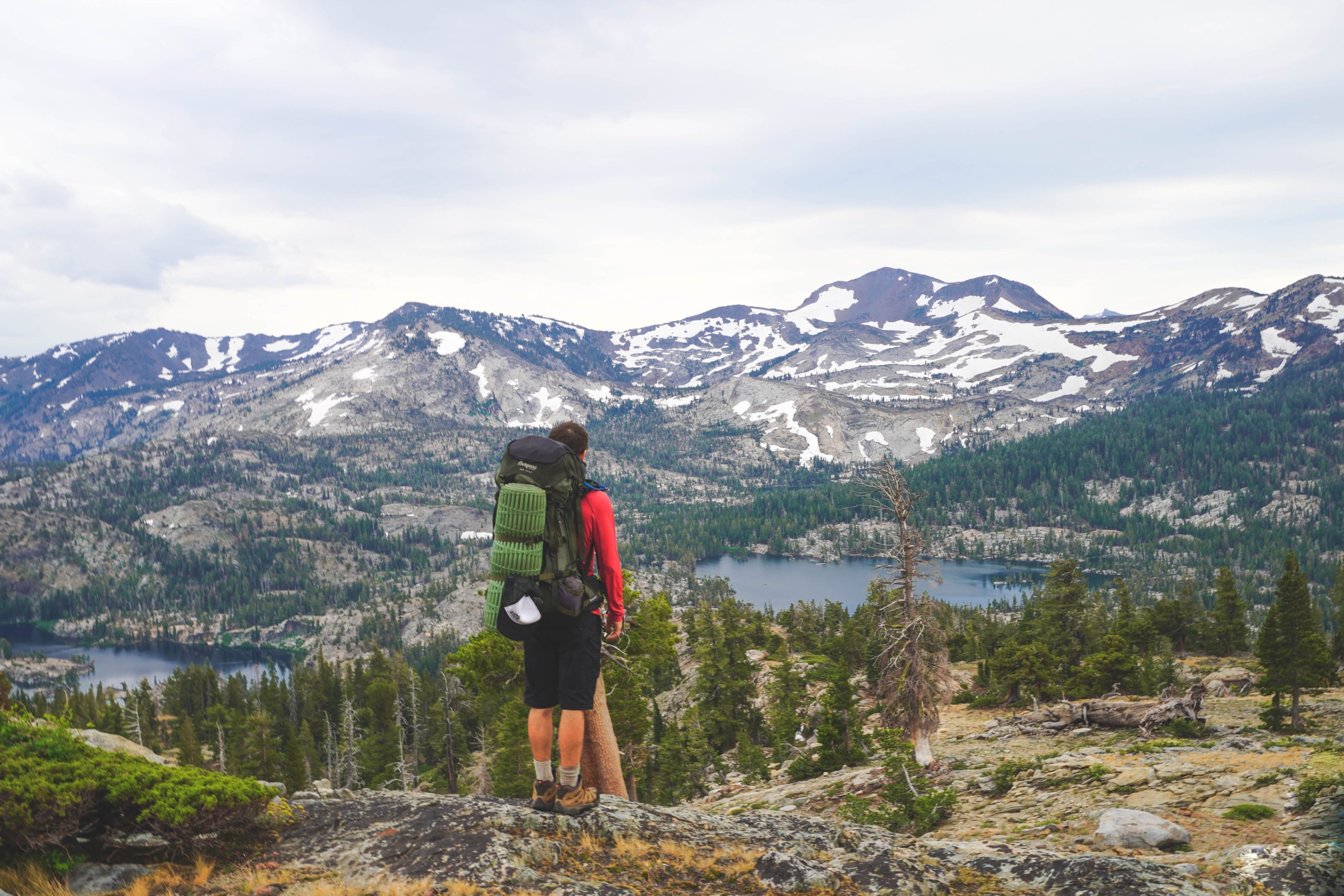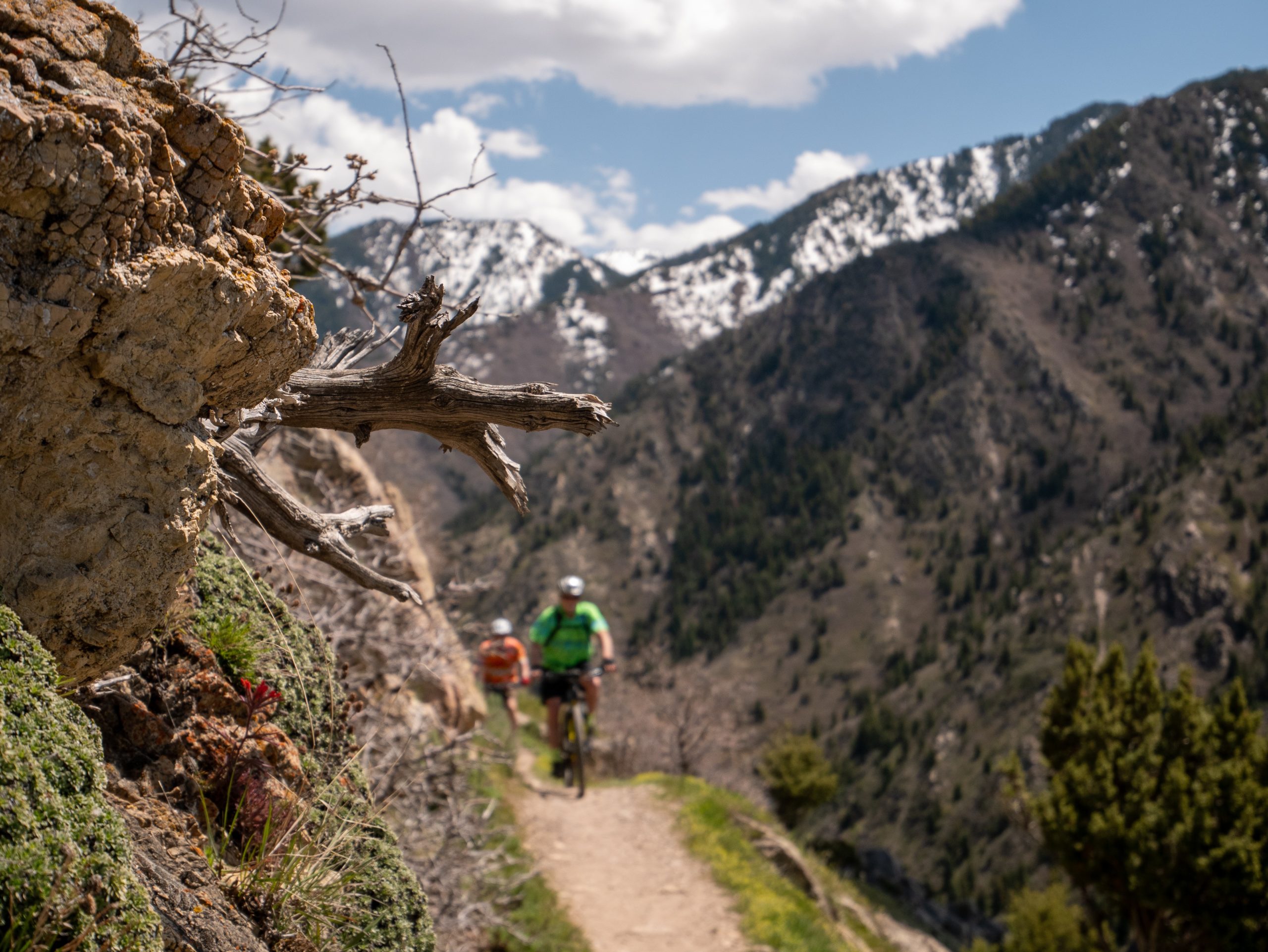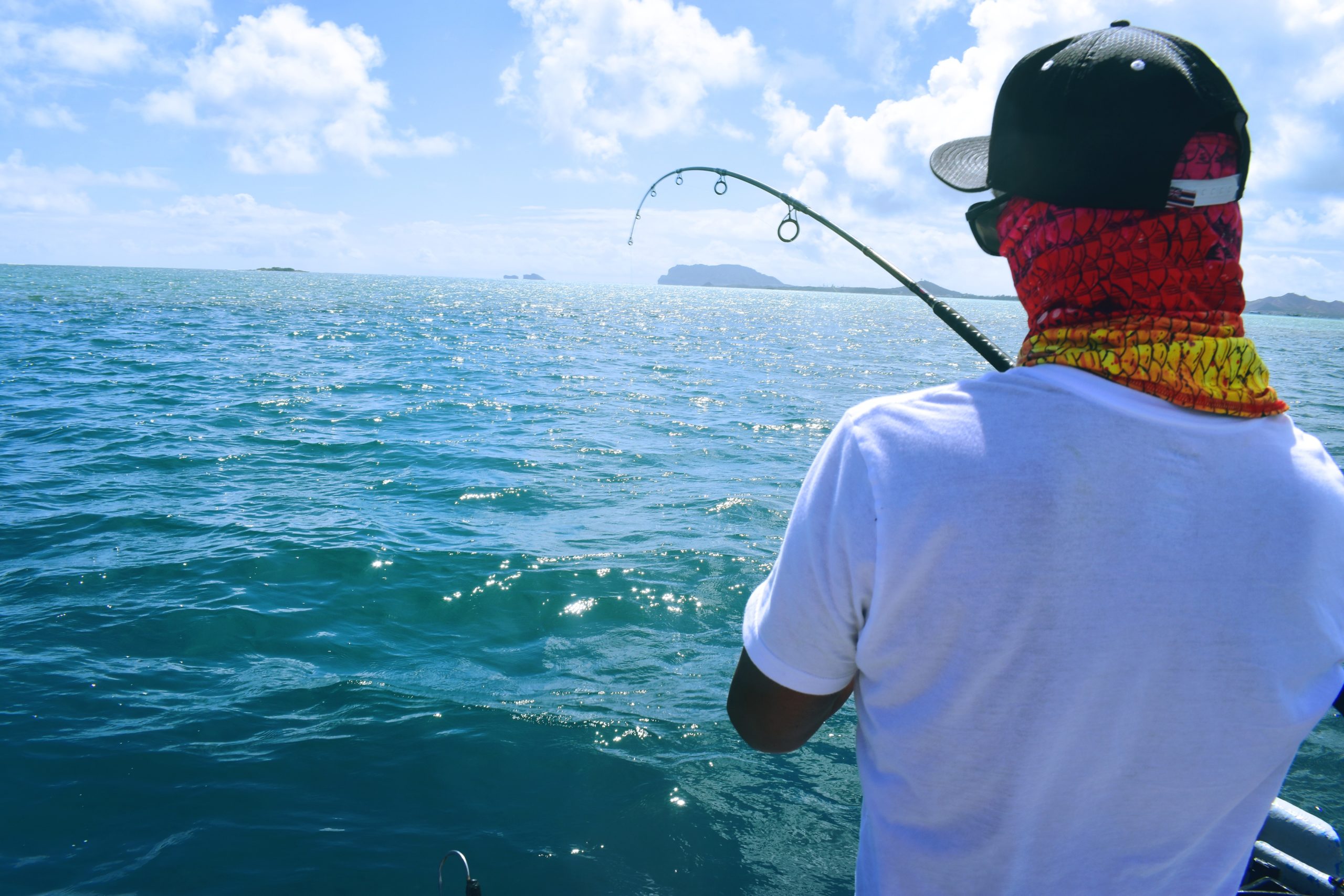Practical guide to getting outside responsibly to enjoy hiking, biking and fishing in the new normal.
Many are heeding the call of the great outdoors, especially as temperatures continue to climb. During this ‘social distancing’ time, it’s important to understand how to venture beyond the confines of the campground responsibly.
RV travel provides an alternate method for people to get to a safe location while maintaining a greater distance from crowds. But even as many parts of North America open up for business, we should proceed with caution when we hit the road. As some portions of the country begin to relax restrictions, we should continue to practice vigilant hygiene, wear masks in public, and continue social distancing.
We suggest browsing GoodSam.com to seek less populated and private camping destinations, close to home. They are updating the RV park and campground pages with updates on overnight camping availability.
SAFE HIKING
Be Prepared
Ask these questions to yourself and your hiking partners:
- How often do I normally hike?
- Have I ever hiked in this type of environment before?
- How much equipment (water, food, etc.) can I comfortably carry in a backpack?
Whatever activity you decide to embark on, it’s important to plan ahead. Do your research on the local area. Every trail has its risks, whether it’s advanced terrain or wildlife. But you can help ensure a safe, fun and rewarding outing by preparing and hiking smart. Check the weather before you head out. If conditions are problematic, don’t take the chance.
If you are hiking a state or national park, contact a park ranger directly or stop by the office before you leave the trailhead. You’ll likely receive valuable information about what you could encounter.

Stopping to appreciate the beauty of Desolation Wilderness near Lake Tahoe, California. Photo Credit: Unsplash, Eric Ward
Research the trails and bring a trip itinerary. Find out the hiking trail level of difficulty, so that everyone is hiking at a fitness level that’s appropriate. Nwhiker.com is an excellent tool for evaluating the difficulty of a hike. Don’t overestimate your abilities or the abilities of your group.
And always let someone who is staying behind know where you’re going. Leave a rough trip plan that details where you will be hiking and your and others contact information. Include the starting point and time, destination, route and anticipated finish time. Make sure your battery is fully charged and even consider bringing along an external battery for recharging.
Pack the ten essentials.
- Navigation: map, compass & GPS
- Emergency shelter: tent, space blanket, tarp
- Sun protection: Sunglasses, sunscreen & hat
- Extra layers/raincoat
- Headlamp or flashlight
- First-aid supplies
- Fire: matches, lighter
- Hydration: water and/or means of water purification
- Repair kid: Knife, duct tape
- Nutrition: Minimum of one day supply of no cook, nutritious food
A minimum of 2 liters of water a day is recommended, which can vary depending on weather conditions. For those heading to the mountains, be prepared for elevation gain. Even fit folks can suffer from altitude sickness.
Be Aware
One of the most important hiking safety rules is to stay on the trail at all times. Odds of encountering a risky obstacle go up when you step off the path. Be extra careful on the later part of the hike, as that is usually when accidents happen. Take your time and be careful with your footing. If you come upon a snake, keep your distance and go around it. Do not attempt to kill it or move it from the trail.
SAFE BIKING
As more and more people are looking for lockdown-compliant ways to get outside, biking is a wonderful way to enjoy nature, relieve stress, and spend quality time with family and friends. And wouldn’t you know it? May is bike month, where People for Bikes will be sharing stories from riders about the significant role bikes play in our daily lives.

Rattlesnake Gulch, Salt Lake City, Utah. Photo Credit: Unsplash, Guy Bianco IV
Bikes are providing welcome relief from our new socially distanced lifestyle. This meditative aerobic exercise can take you places cars simply can’t – there’s a sense of freedom, wellness and fun.
Be Prepared
Questions to Ask:
- Are the trails open?
- Will wildlife be present?
- What is the emergency plan?
- Are trash receptacles available?
- Are the biking trails at higher elevations?
Being prepared transcends to any other outdoor activity. In today’s environment, local governments make the call on what activities and areas will be available, and to what degree. Follow all current CDC guidelines as well as local travel advisories and recommendations. Contact campground or resort directly. Plan your route as some counties and areas may be closed to people who aren’t current residents.
Follow the ABCs of checking your bike. This includes air, brakes, cranks and chain. While many bicycle shops have been deemed an essential business, it’s important to contact your local bike shop soon, as they may be busier than normal. Test your bike by riding around the block before you leave the house. Speaking of prepping your ride – riding with a bell on your bike can serve to alert others on the trail of your presence.
Rediscover your backyard and find a safe route with Ride Spot. Wherever you decide to ride, bring a first-aid kit with Band-Aids, hand sanitizer, alcohol wipes and poison ivy lotion. Drinkable water is the most basic need and keep a couple of protein bars or other energy-packed snacks on hand.
It’s good to be prepared with a mask or two in your backpack. You may need to aid an insured rider or stop at a bathroom area. If riding with children, having a family plan is paramount. If saying “turn left” doesn’t work, try color coding brake levers with electrical tape.
Be Patient
Mountain bikers can lead by example for responsible riding by staying alert, slowing down and honoring social distancing. More people are cycling during COVID-19, so now isn’t the time to pursue personal records. Take the time to keep your mind fresh and body healthy, without going overboard. Consider riding at off-peak times to have more space on the trails.
SAFE FISHING
If fishing is more your style, then keep these safety tips in mind for a fun and successful day out on the water. Besides, what better way to practice social distancing while maintaining mental health than casting a line?
Be Prepared
Questions to Ask:
- What is the weather?
- What do the local tide tables say?
- Will restrooms be open and available?
- Should I bring my own toilet paper?
- Is fishing permitted in the area I want to cast?

Kaneohe Bay. Photo Credit: Unsplash, Drew Farwell
I know I’m probably sounding like a broken record but planning your trip and bringing the right gear is the first step in helping to ensure a great trip.
First and foremost, if you don’t feel well, don’t go fishing. Each angler should have their own fishing gear during the COVID-19 crisis. Wash hands often or use an alcohol-based hand sanitizer with at least 60% alcohol when soap and water are not available.
Items to Bring:
- Gloves (surgical and work gloves)
- Fishing License: Read the regulations of the park where you are fishing.
- Rod: Depending on the type of fishing you want to do, you may need a fly-fishing rod, spin rod or deep-sea rod. A great place to start is Gander Outdoors.
- Fishing Line: This also varies depending on the rod and type of fish.
- Hooks: The National Park Service recommends using singe, barbless hooks for catch-and-release fishing.
- Lures/Tackle/Bait
- U.S. Coast Guard approved life jacket
- Sunscreen
And as mentioned above, contact the local area to find out current guidelines. While many boat ramp facilities remain open, this may not be true across every state. Fishing close to home reduces travel time and stops at the gas station. And it’s important to observe extreme caution when considering fishing with another person.

Large fishing boat going out for a sunset cruise in Destin, Florida. Photo Credit: Getty Images, fallbrook
Be Responsible
Like hikers and mountain bikers, anglers should act responsibly and look out for their own health as well as others around them.
Mentally prepare for a slightly different experience. This isn’t the time to host large gatherings at your campsite. Be mindful of social distancing requirements and use common sense.
A good old-fashion road trip to the great outdoors just might spiritually awaken the soul and boost not only our immune systems, but overall happiness. While camping is naturally becoming the collective summer adventure of our new normal, it’s more important than ever to camp responsibly.

